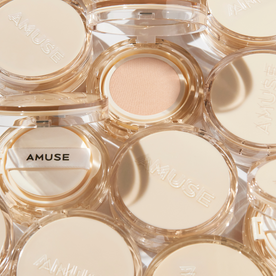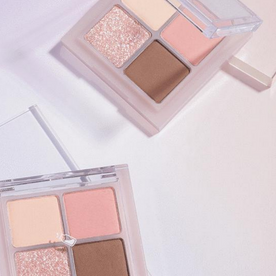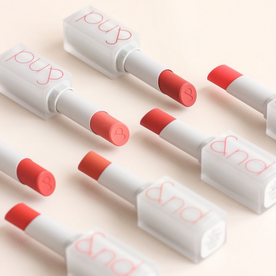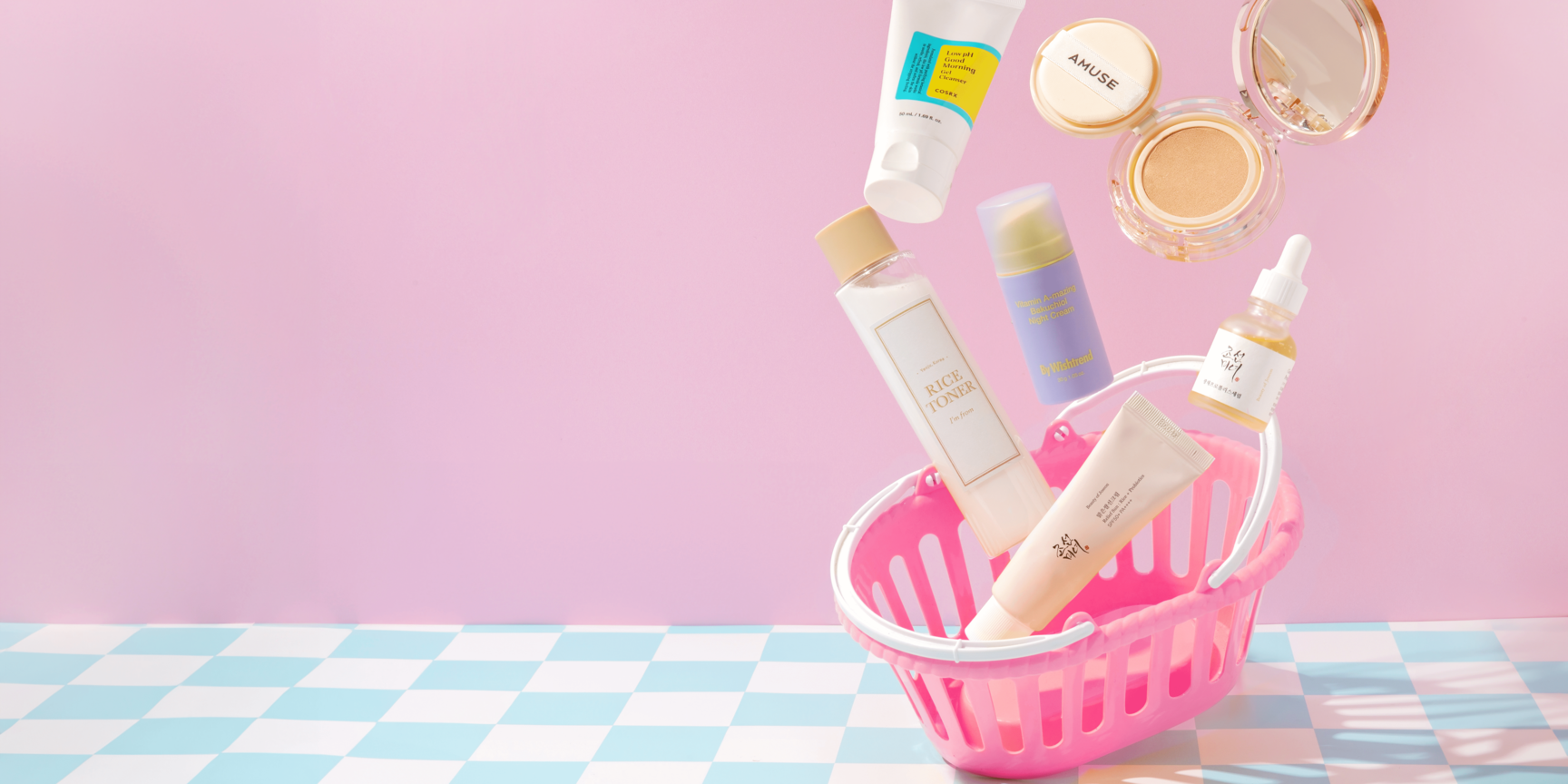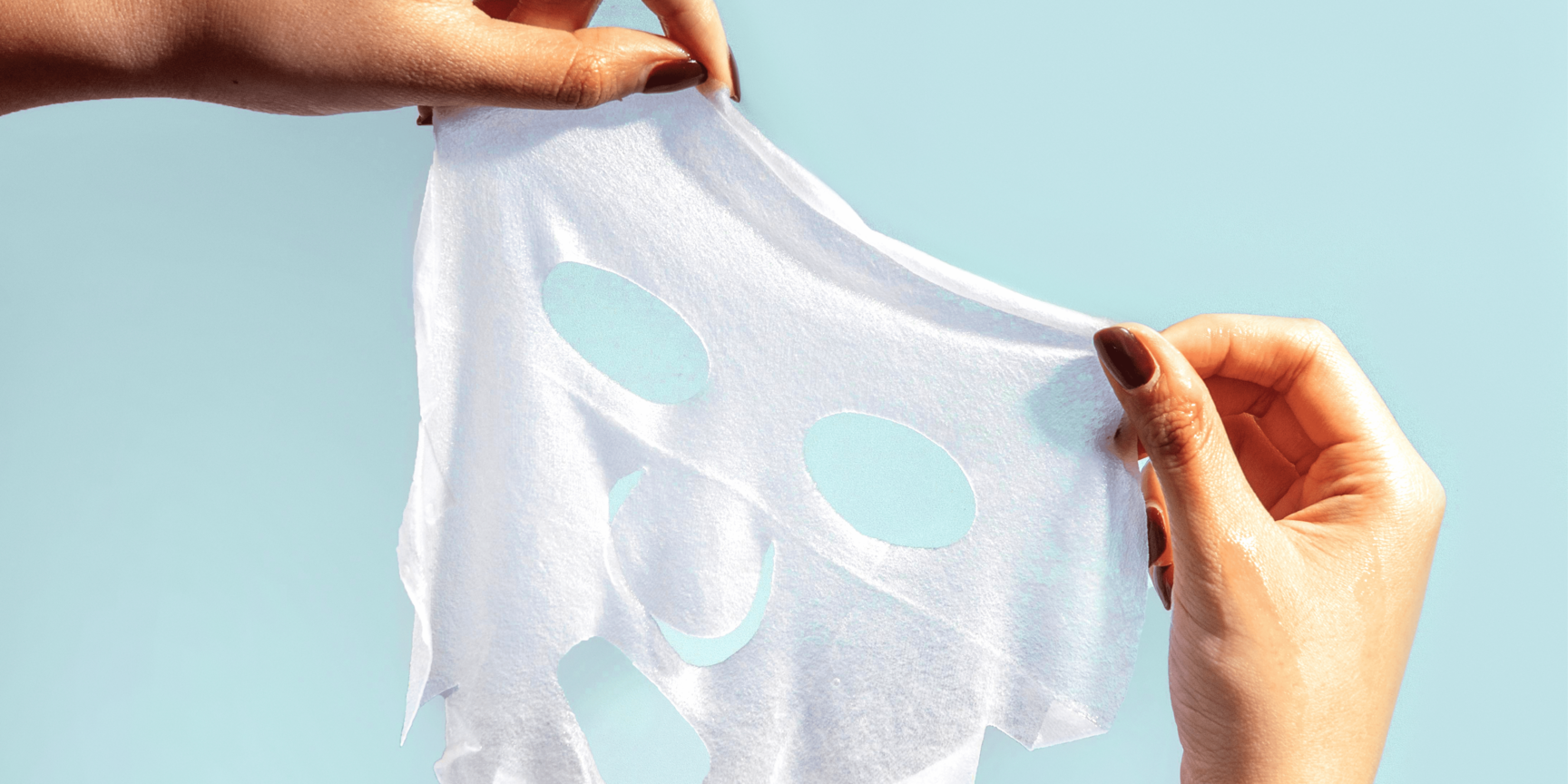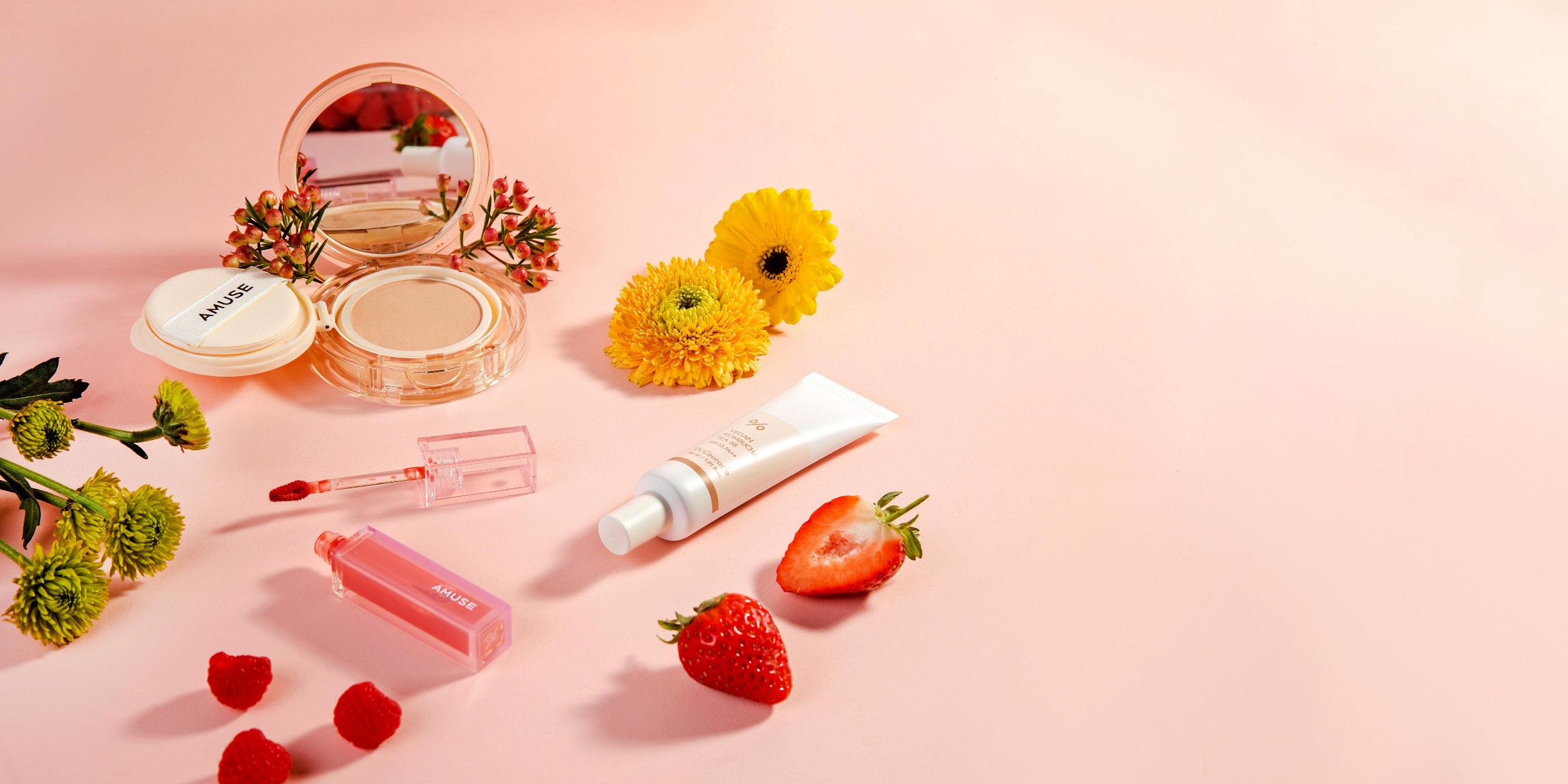HYPE SKINCARE. HYPE MISTAKES.
One minute you’re watching the latest skincare fad as you scroll through your newsfeed. Next thing you know, your favourite beauty blogs and magazines are flooding the online skincare world with “how to” articles and advertisements. You start thinking that the featured product must work - after all, everyone is using it, doesn’t that mean it’s good?
Exposure for a great product is a good thing. The problem is that exposure doesn’t actually mean a product works. Worse than that, some skincare products generate so much hype that no one stops to think, “wait… should I really be doing this to my skin?”
We’re rounding up some skincare trends that have exploded across the skincare-verse. At their best, some can be used with caution. At their worst they can be downright damaging.
Thermal Water

According to supporters of this trend, thermal water (water that is naturally filtered through rocks and come up through aquifers) is hydrating, soothing, helps fight free radicals, and can even help protect skin against harmful sun rays.
Unfortunately for the thermal water trend, there isn’t a lot of independent research to back the claims. In fact, most of the prominent studies were conducted by the companies that sell the products. While there are some objective studies that show that spa waters can help with inflammatory skin diseases, there hasn’t been a lot of research done on the subject.
Not all thermal waters are created equal either. Some thermal water products are enriched with antioxidant-rich botanicals, while others are little more than… well, water. The type of minerals they contain can vary, depending on the source of the water. Thermal waters also generally have a close-to-neutral pH, which many companies use as a selling point. However, skin is actually acidic, meaning that the higher pH of the water may actually imbalance skin.
Perhaps the most damaging part of this trend is that idea that thermal water can be sprayed on the face constantly throughout the day, and that your skin will just be really hydrated. However, some dermatologists warn against this. Just like washing your hands really often causes them to dry out, spraying your face with water all the time can be drying as well. Constantly wetting and drying skin (think chapped lips) usually results in even drier skin, and thermal water doesn’t seal moisture in the way a thicker moisturizer would.
If you really want a spray you can throw in your purse to refresh your skin during the day, we suggest using a watery, hydrating toner you know your skin loves.
Sheet Masking On The Plane

Flying can be a stressful event for some people. It can also be stressful for your skin. A dry, contained environment, limited access to facilities, lots of other people’s germs… Not ideal. To fight that skincare stress, many people have resorted to sheet masking on the plane, to restore some moisture to their skin. After all, we use sheet masks at home when we feel like our skin needs a boost. So it makes sense to use it on the plane, right?
The problem with this logic is that we forget that when we sheet mask at home, it’s often a step in part of a larger routine. There are cleansing steps that happen before we mask, and there are moisturizing steps that happen after. They’re important steps. They ensure the mask works effectively, and that the benefits of the mask don’t just evaporate as soon as you take it off.
It’s unlikely you’re double-cleansing and toning your skin in a tiny airplane bathroom stall. Worse, airplanes are notoriously germ-y, so you actually want to minimize how much you touch your face during the ride. Also, neglecting to use a thicker moisturizer after masking can dry your skin out more. The result? You’ve just wet your face and let it dry in a low-humidity environment, without actually sealing any moisture in.
The ideal way to protect your skin when travelling is to prepare it before you even step on the plane, while you’re in a comfortable, sanitary environment. Start by removing your makeup. (If you want to emerge from the plane with makeup on, apply it with clean hands before you land.) Use a good, skin-boosting serum, then seal it all in with a heavier moisturizing cream.
Charcoal Peel-Off Masks

Admit it, you’ve seen it. You’ve watched in disgusted fascination as someone peeled a sticky black mask off their face and showed the camera all the gunk they’ve pulled out of their skin. Just like a pore strip for your face.
However, if you read into the research about the first generation pore strips, you’ll find a lot of dermatologists suggest they do more harm than good. For the same reasons, these super-sticky masks aren’t the best way to remove blackheads and excess sebum.
The first problem is obvious if you’ve watched people cringing as they try to peel off these masks - they’re just too sticky. The glue used to adhere the mask to the skin is often so strong that it peels off normal skin cells as well. That super soft-feeling skin you get after masking is a result of removing the outer layer of your skin. After a short while, that soft feeling fades, and the skin ends up dry and irritated.
The second problem is that the mask only deals with the surface issue. Often, all the gross stuff remaining on the mask is just the surface part of a blackhead, not the dirt or oil in the deeper part of the pore. That remains exactly where it was before, ready to sprout a new blackhead or blemish.
Acid exfoliators are much more effective at dealing with the root issue. Not only will they unclog pores, but they’ll gently buff off dead skin cells. If you really want to detox your skin, a clay mask or a cleanser containing kaolin will work, and often has other benefits as well (like increased circulation).
The Bandwagon Can Wait - Do Your Research
A little research goes a long way. Knowing what a product does and looking for objective reviews from trusted sources are great ways to figure out whether a trend is healthy and worth trying. Excitement about a product doesn’t always equal effectiveness, so look at new trends with a skeptical eye!





















